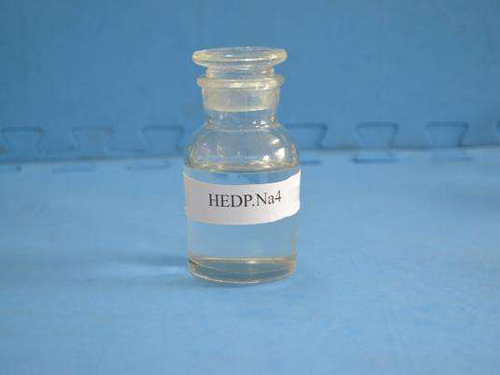Exploring the Properties and Applications of Polyhydroxycarboxylic Acids in Various Industries
Understanding Polyhydroxy Carboxylic Acids Structure, Properties, and Applications
Polyhydroxy carboxylic acids (PHCAs) are a fascinating class of organic compounds characterized by the presence of multiple hydroxyl (–OH) groups and carboxylic acid (–COOH) functional groups within their molecular structures. They play an essential role in various biochemical processes and have found numerous applications in diverse fields such as food science, pharmaceuticals, and materials science.
Structure and Characteristics
The unique structure of polyhydroxy carboxylic acids allows them to exhibit a range of chemical behaviors. The hydroxyl groups contribute to their solubility in water, while the carboxylic acid functionalities provide acidity and the ability to form esters and other derivative compounds. Common examples of PHCAs include citric acid, tartaric acid, and malic acid. These compounds not only display the typical characteristics of acids but also demonstrate the ability to participate in hydrogen bonding due to their multiple hydroxyl groups, enhancing their interaction with other molecules.
The synergistic effect of these functional groups makes PHCAs exceptionally versatile. The presence of multiple hydroxyl groups enables chelation properties, which allow them to bind metal ions, thus acting as efficient agents in various chemical reactions.
Biochemical Role
In nature, PHCAs are frequently found in various fruits and plants, where they contribute to metabolic pathways and physiological processes. For example, citric acid is a central player in the citric acid cycle (Krebs cycle), a crucial metabolic pathway that produces adenosine triphosphate (ATP), the energy currency of cells. This essential role underscores the importance of PHCAs in cellular respiration and energy production in living organisms.
polyhydroxycarboxylic acid

Additionally, the chelating properties of PHCAs allow them to help regulate metal ions in biological systems, which is vital for the proper functioning of enzymes and various biochemical reactions. This aspect of PHCAs extends beyond their natural functions to applications in biochemistry and medicine, where they can be utilized in the design of drugs and various therapeutic agents.
Industrial Applications
The remarkable properties of PHCAs have made them invaluable in numerous industrial applications. In the food industry, they are used as natural preservatives due to their ability to inhibit microbial growth and maintain the freshness of products. Citric acid, for instance, is widely utilized not only as a flavor enhancer in beverages and candies but also as a natural preservative.
In the pharmaceutical industry, polyhydroxy carboxylic acids are used as excipients in drug formulations. Their ability to improve the solubility and bioavailability of poorly soluble drugs makes them critical in the development of effective therapies. Furthermore, their biocompatibility and biodegradable nature position them as ideal candidates for use in drug delivery systems.
Moreover, in materials science, PHCAs are gaining attention as potential biomaterials. Their properties can be harnessed to develop eco-friendly polymers and composites, which can lead to more sustainable manufacturing processes. As the demand for biodegradable materials increases, the role of PHCAs in creating innovative, environmentally friendly solutions becomes ever more significant.
Conclusion
Polyhydroxy carboxylic acids are not only interesting from a chemical standpoint but are also pivotal in various biological and industrial contexts. Understanding their structure, properties, and applications reveals the complexity and significance of these compounds in both nature and technology. As research advances, the potential for new applications of PHCAs continues to expand, promising exciting developments in fields ranging from food preservation and pharmaceuticals to sustainable materials. Their multifaceted roles illustrate the interconnectedness of biology, chemistry, and industry, highlighting the importance of these compounds in our modern world.
-
Scale and Corrosion Inhibitors: Key to Industrial Water TreatmentNewsMay.22,2025
-
Organic Phosphate: Structure, Properties, and ApplicationsNewsMay.22,2025
-
Isothiazolinones: a versatile and versatile biocide with a wide range of applicationsNewsMay.22,2025
-
Industrial Flocculant: The Key to Optimizing Industrial ProcessesNewsMay.22,2025
-
Hydrolyzed Polymaleic Anhydride: Structure, Properties, and ApplicationsNewsMay.22,2025
-
Application of Flocculant in Water TreatmentNewsMay.22,2025





